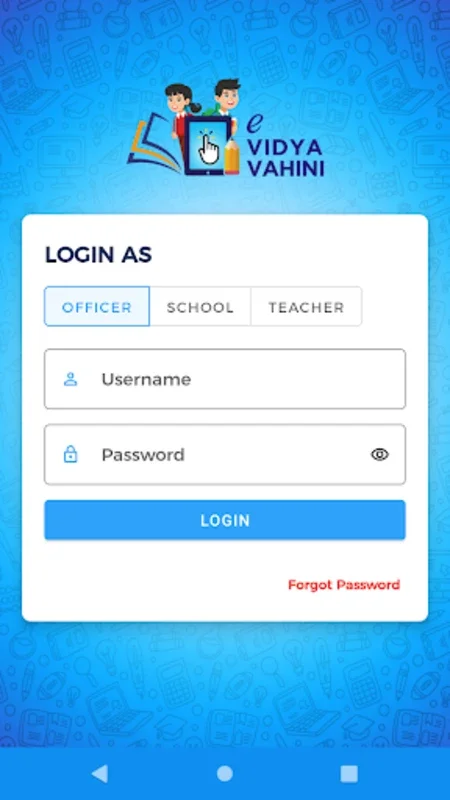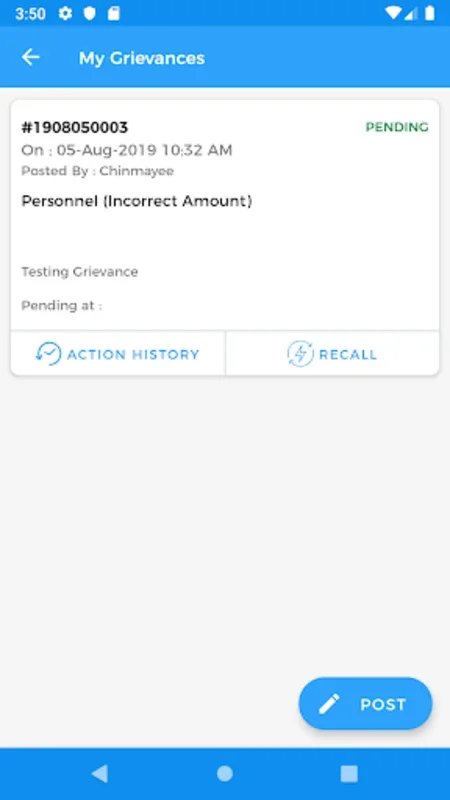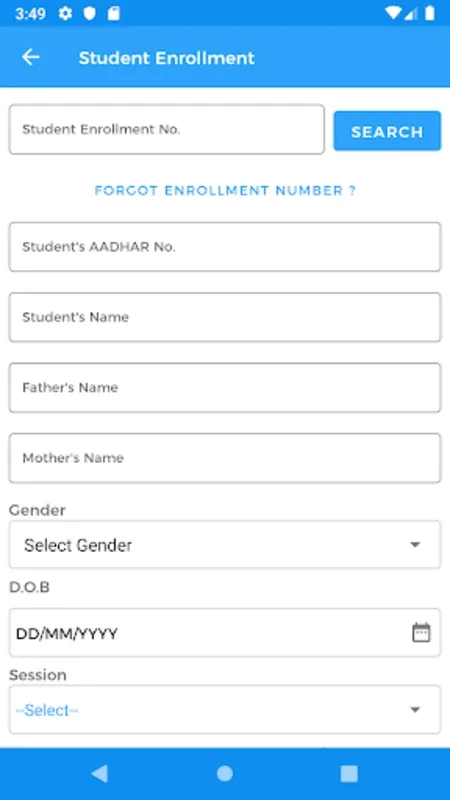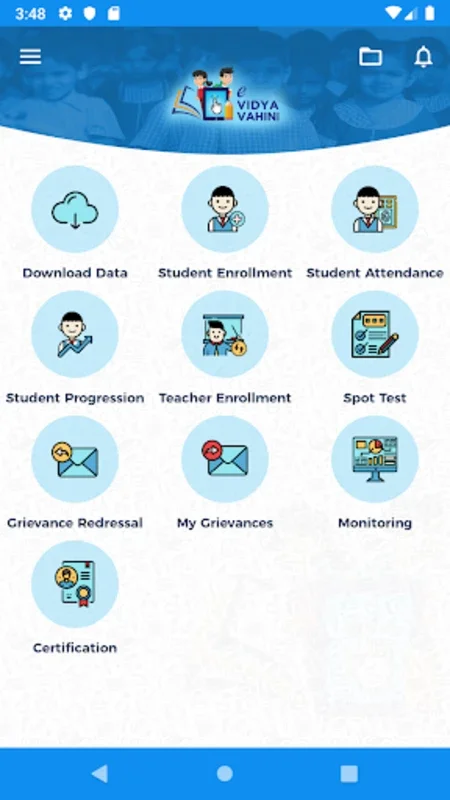eVV 2.0 App Introduction
Introduction
In the modern educational landscape, the need for efficient governance and service delivery in educational institutions has become more crucial than ever. eVV 2.0 emerges as a significant player in this domain, offering a plethora of features that are designed to transform the way schools are managed and services are delivered.
The Core Features of eVV 2.0
Centralized Platform
eVV 2.0 acts as a unified hub where all the essential functions related to school management converge. It is not just a simple application but a comprehensive digital solution that brings together various aspects of school governance. For instance, it allows for the seamless integration of different departments within a school, such as the academic department, the administrative section, and the infrastructure management unit.
Comprehensive Dashboards and MIS
The application provides detailed dashboards and Management Information Systems (MIS). These dashboards are a treasure trove of information, covering everything from the state of school infrastructure like the condition of classrooms, laboratories, and libraries, to the progress of academic programs. It also delves into resource management, ensuring that resources such as teaching materials, equipment, and funds are allocated and utilized optimally. Additionally, it keeps a close eye on the execution of educational schemes, making sure that policies are implemented as intended.
Two - Way Communication
One of the standout features of eVV 2.0 is its ability to facilitate two - way communication. This means that educators and administrative officials can not only convey important information but also receive feedback and address grievances in a timely manner. For example, if a teacher has an issue regarding the availability of teaching resources, they can raise it through the app, and the relevant administrative personnel can take immediate action.
The Impact on School Governance
Streamlined Processes
By using eVV 2.0, schools can experience a significant streamlining of their processes. Manual and time - consuming tasks can be automated, reducing the chances of errors and increasing efficiency. For example, the process of tracking student attendance, which was previously a labor - intensive task, can now be done with ease using the app's attendance management feature.
Improved Decision - Making
The real - time data analytics provided by eVV 2.0 empowers school administrators to make more informed decisions. They can base their decisions on accurate and up - to - date data rather than relying on guesswork or outdated information. For instance, if the data shows that a particular academic program is not achieving the desired results, the administrators can take corrective measures such as revising the curriculum or providing additional training to the teaching staff.
eVV 2.0 and Educational Standards
Elevating Service Delivery
The application plays a crucial role in enhancing the overall service delivery in educational institutions. It ensures that students receive a better quality of education by improving the management of resources and the implementation of educational programs. For example, by optimizing the distribution of teaching materials, students can have access to the necessary resources for their studies.
Maintaining and Improving Standards
For stakeholders who are committed to maintaining and improving educational standards, eVV 2.0 is an invaluable asset. It provides a framework within which schools can operate more effectively and efficiently, thereby raising the bar for educational quality. It encourages schools to strive for continuous improvement by providing them with the tools and data they need to assess their performance and make necessary adjustments.
Conclusion
In conclusion, eVV 2.0 is a game - changer in the field of school governance and service delivery. Its comprehensive features, from the centralized platform to the two - way communication and real - time analytics, make it an essential tool for educational institutions. By leveraging the power of this application, schools can not only enhance their governance but also deliver a higher standard of education, ultimately benefiting students, educators, and all other stakeholders involved in the educational ecosystem.




